The Setants village
Location
The Setants village is located on the left bank of the Setants rivulet, a right tributary of Vorotan that originates on Mount Kapan's northeastern slopes. It is located 5–6 kilometers east of the Kapan-Goris highway and is surrounded by dense forests. Nature is stunningly beautiful and picturesque (Fig. 1). The village is currently occupied by Azerbaijan.

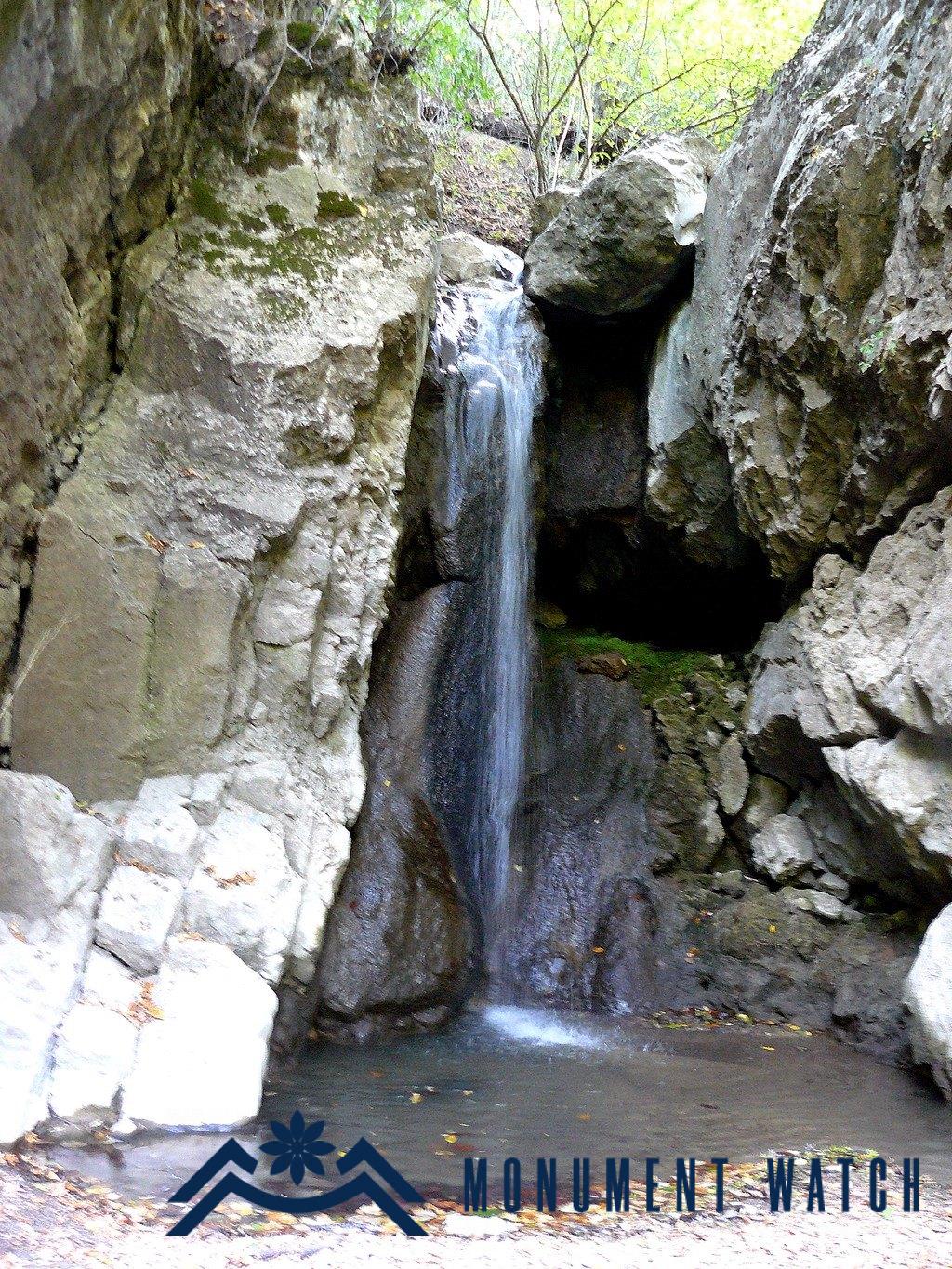
Fig. 1 Setants, a small waterfall near the fortress, photo by Z. Rkoyan.

Fig. 2 Part of the building's wall preserved in the fortress, photo by Z. Rkoyan.
In nature, to the west of these ruins, there is a large stone pipe with a length of about 5.0 m and a diameter of 40 cm (fig. 4).The cemetery is located about 300-400 meters north of the fortress-residence, in a wooded area, and contains more than a dozen tombstones and khachkars (fig. 5). The Kurds who took over the village planted trees in the Armenian cemetery and broke or overturned the khachkars. On one of the broken tombstone fragments, the Armenian inscription can still be seen. (fig. 6).
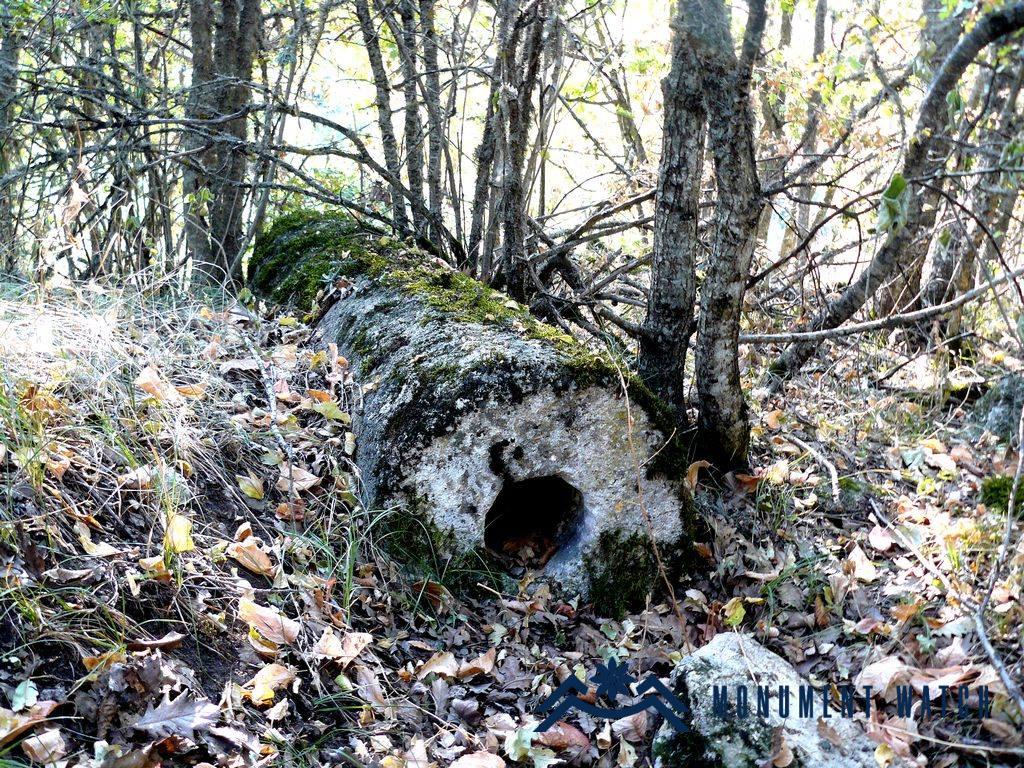
Fig. 4 A stone pipe in the area of the fortress, photo by Z. Rkoyan.
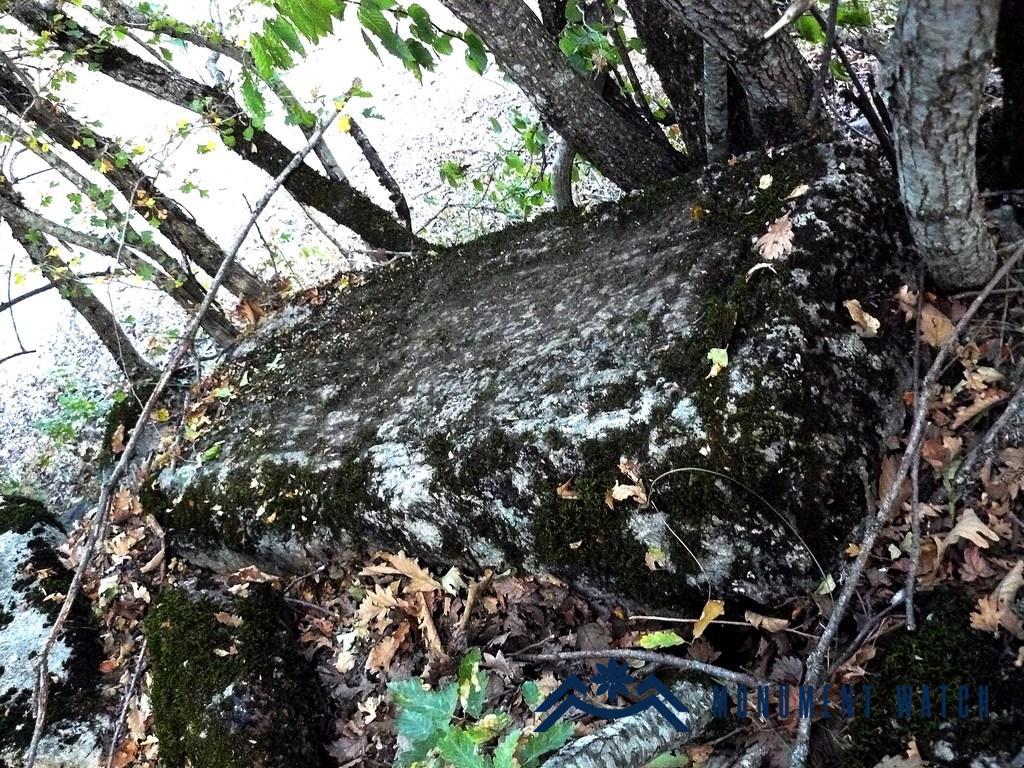
Fig. 5 One of the overturned khachkars of the cemetery area, photo by Z. Rkoyan.
Historical overview
Following the depopulation of Armenians in the 1950s, Kurds settled in the village and named it Seitas (Karapetyan 1999, 189-190).
Monuments
The Setants Rivulet flows on three sides of a wooded hill on the western side of the village, on the river's bank. The natural inaccessibility of the location was exploited, and a fortress-residence was established here in the middle Ages (it is possible that they rebuilt an earlier fortress), the northern part of which was fortified with a wall. The ruins of that fortress's walls can be seen on the western side, on the vertical rocks (fig. 2). On the ancient site, the remains of medieval structures, most likely the limestone walls of the fortress's mansion, have also been preserved. The path to the entrance is also visible here (fig. 3). It is constructed of basalt stone, and the walls are 1.0 m thick. There are also the ruins of a building with a circular architectural plan.
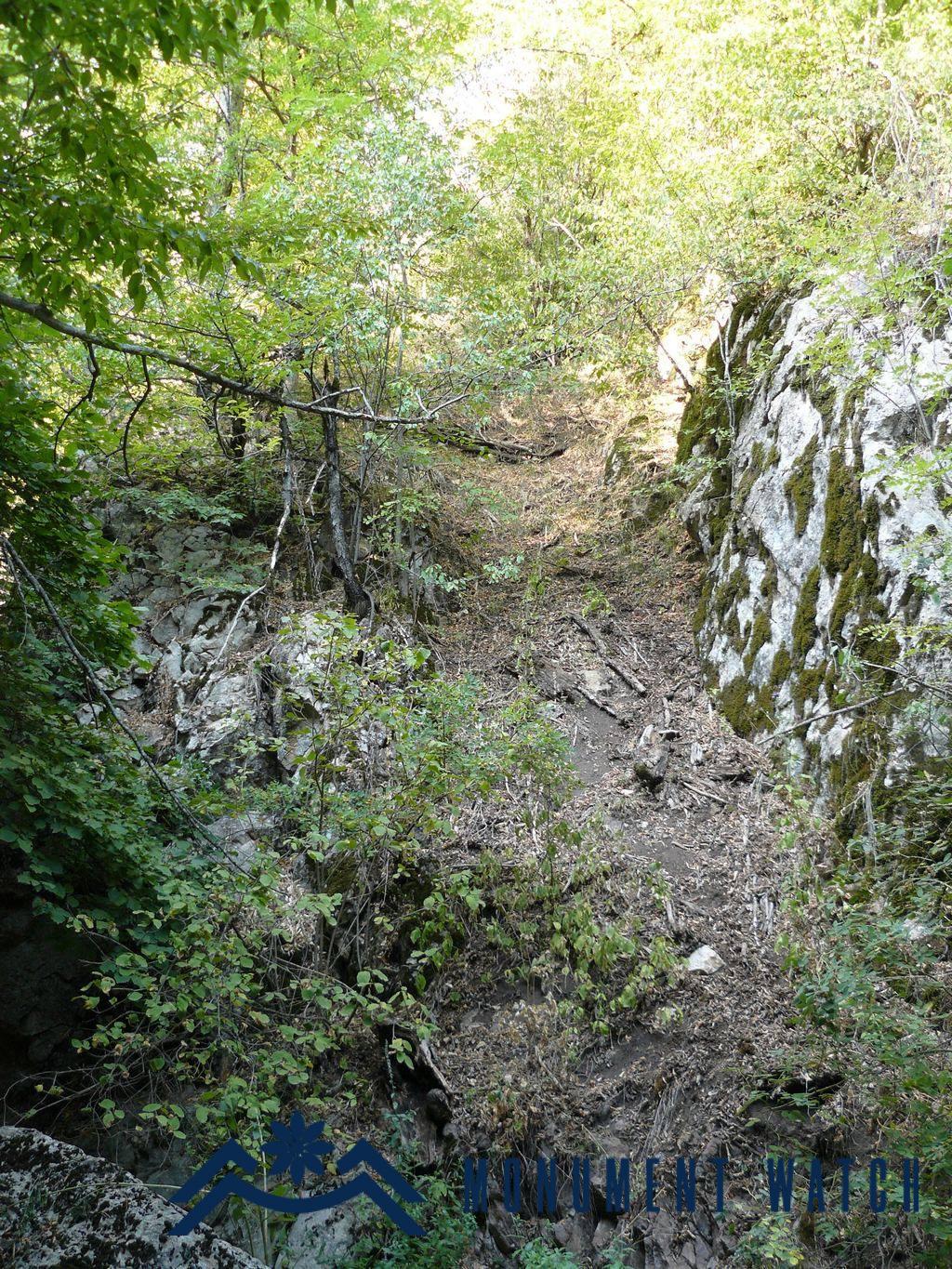
Fig. 3 The entrance road, photo by Z. Rkoyan.
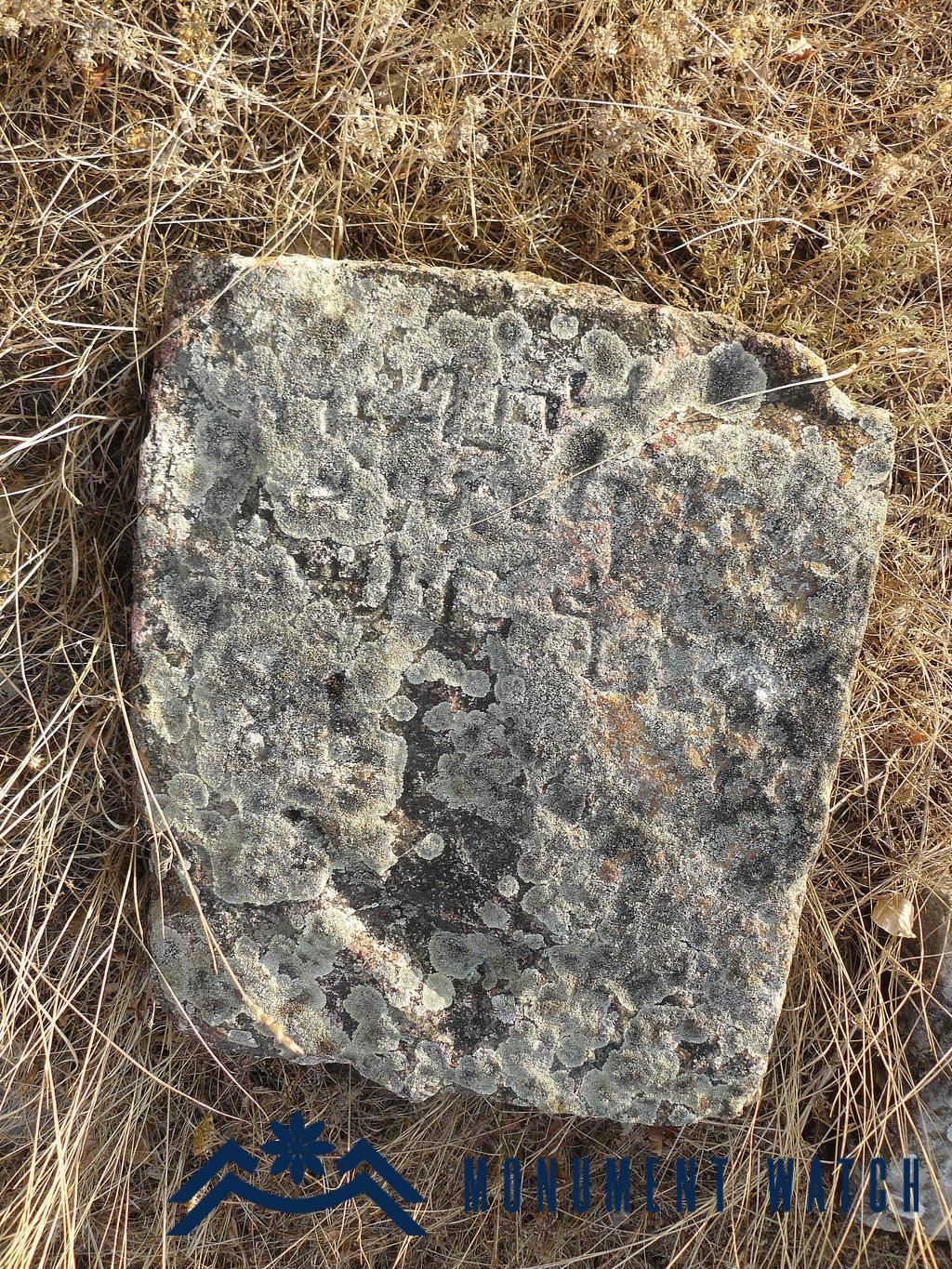
Fig. 6 The tombstone with an inscription, photo by Z. Rkoyan.
Bibliographic examination
Samvel Karapetyan's collective work contains brief information about Setants village and the ruins preserved there (Karapetyan 1999, 189). Z. Rkoyan mentioned them in the daily newspaper "Republic of Armenia." ("Republic of Armenia" daily, September 10, 2020).
The condition before, during, and after the war
During the first Artsakh war, Setants village suffered greatly. The ancient site was in ruins. We have no information regarding the site's condition during and after the war.
Bibliography
- Orbelyan 1942 - Stephanos Orbelyan, Chronology, appendix, Yerevan.
- Karapetyan 1999 - Kapetyan, S., Monuments of Armenian Culture in the Occupied Territories of Soviet Azerbaijan, "Science" Publishing House of NAS RA, Yerevan.
- "Republic of Armenia" daily newspaper, 10.09.2020.
The Setants village
Artsakh